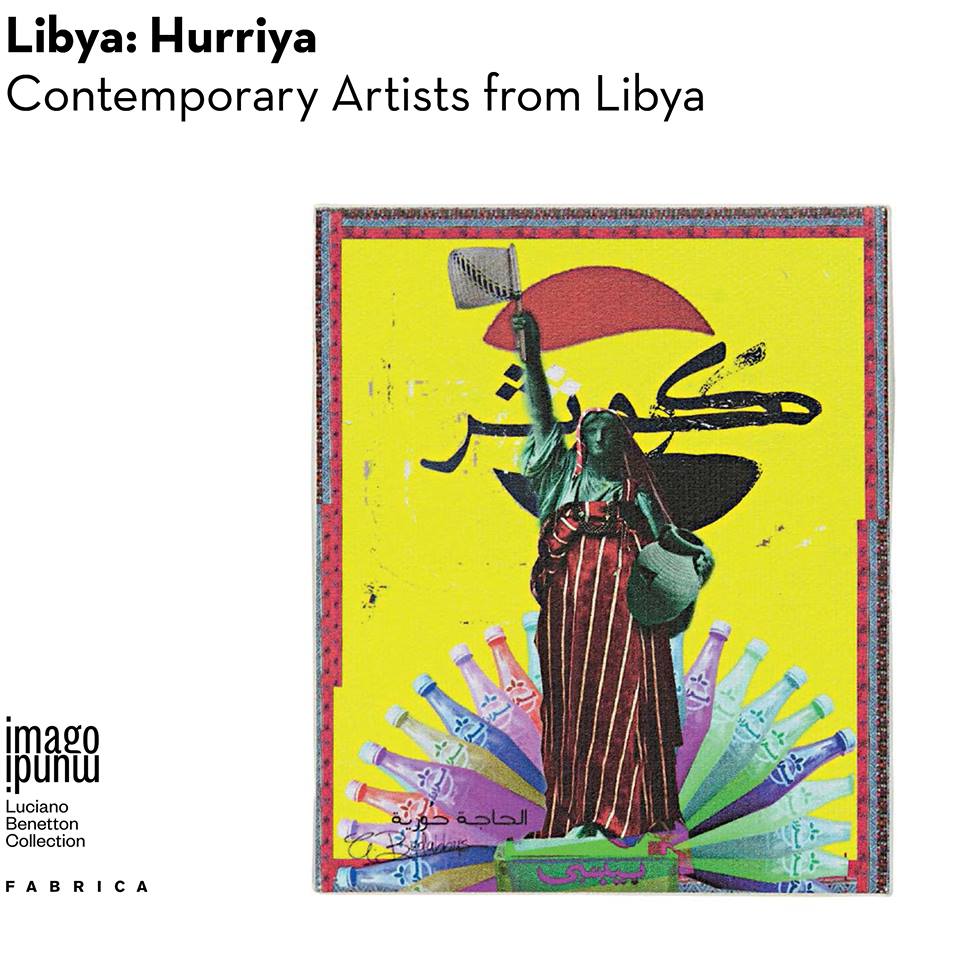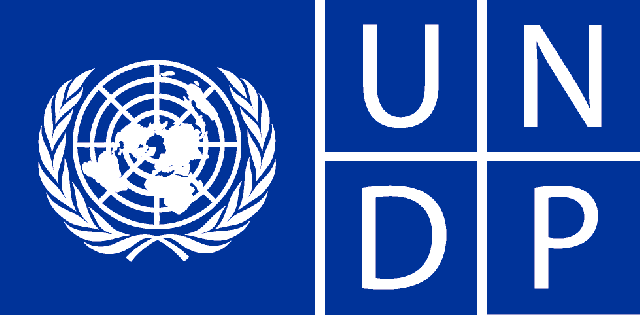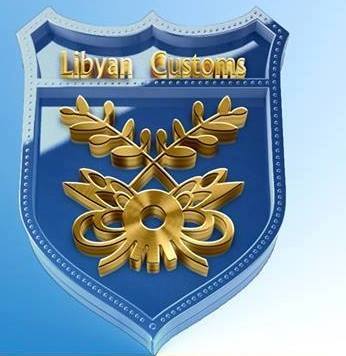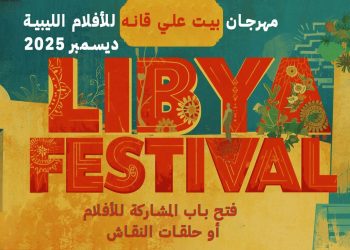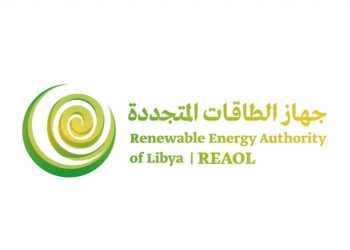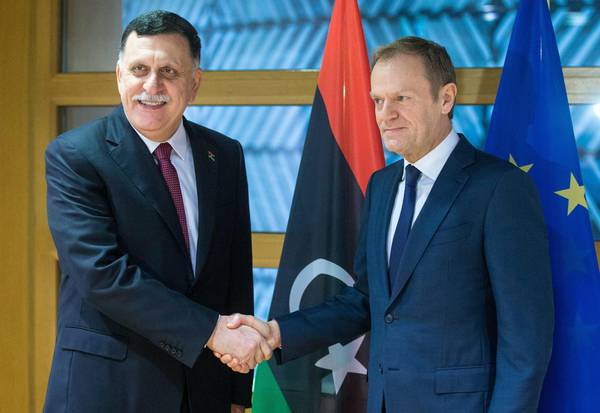By Sami Zaptia.
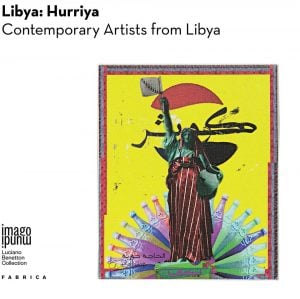
London, 2 February 2017:
The Libya collection for the Imago Mundi by the Benetton Foundation is going to be exhibited in Palermo, Sicily at the Zisa Zona Arti Contemporanee for the first Biennale of the Med in Sicily.
Libya’s collection will be exhibited alongside hosts Sicily and the Campania region of Italy as well as Algeria, Croatia, Egypt, France, Greece, Italy, Lebanon, Morocco, Montenegro, Palestine, Portugal, Slovenia, Spain, Syria, Tunisia and Turkey. The exhibition will take place from 18 February until 10 March 2017.
The Libyan collection is entitled (Libya Freedom) ‘‘Libya: Hurriya – Contemporary Artists from Libya”. It is described by the organizers as ‘‘a unique collection that tells the stories of women and men, young people and older masters who, in the dark days of despair, design, create and voice their heart and soul with courage, determination and pride’’.
The exhibition will include the works of 140 male and female Libyan artists from all over the country, including: Alla Abudabbus; Arwa Aboun; Hadia Gana; Hiba Shalabi; Bodour Zazairi; Kholoud el Zwai; Ayad Baba; Takwa Abu Barnosa; Goma Al Fazzani; Mohammed Buamr Al Fadhil; Najla Shawket El Fitouri; Nedal Endish; Ramadan Bakshishi; Reem Gibriel; Rehab Takalli; Sabri Sultan; Suhah Al Sharda; Suad Ellaba and Mohammed El Gheryani.
The collection is curated by Najlaa Elageli, Art Curator and Founder of Noon Arts. The whole Collection will be available on imagomundiart.com. Elageli told Libya Herald ‘‘when I was formally invited by the Benetton Foundation to curate the Libya catalogue, I knew it would be a huge challenge but one I was very willing to take on’’.
‘‘My first big concern was how would I be able to find 140 Libyan artists within the time framework I was given. Secondly, how would I be able to convince each artist of the importance of such a project? And, lastly, my worry was about the logistics of how to physically provide the 10×12 cm canvas and package it to reach everyone, in a country that is currently stifled with conflict and a war situation, and has little to zero postal services’’.
‘‘Libya, is a land where art has been forgotten as a commodity and its production – although happening – is mostly unknown to the rest of the world. Although considered by many to be a cultural desert, this is due mainly to its more recent political history that has played a major role in designating what is now available in terms of modern and contemporary art’’.
‘‘Curating the Imago Mundi became a wonderful journey of discovery and a challenge for me personally, as ‘Noon Arts’ is a small private foundation set up in 2012 after the fall of Qaddafi. Its goal was – and still is – to promote contemporary art from Libyan artists and to expose their work to the rest of the world. Noon Arts has fortunately been successful in doing this, by holding several exhibitions worldwide and offering the artists the very much overdue international recognition and positive acknowledgement that they deserve’’.
‘‘The experience has unravelled the many threads of this unknown tapestry that makes Libya. In terms of the practical work to make the Libya catalogue a reality, I began by utilising the avenue of social media on Facebook to locate as many as possible Libyan artists. Then it became more of a reality on the ground when in Tripoli I liaised with ‘The Art House’ under the supervision of Emad Pachagha; and, where in Benghazi, I located Abdelgader Bader. With the good work of these two dedicated individuals, we were able to reach 110 artists inside of Libya and convinced them to take part’’.
‘‘The 30 others to complete the 140 figure were the Libyan artists living abroad in various diasporas in different countries scattered around the globe. The journey has also involved in its different stages the input of other individuals. I would like to thank the three passionate ladies whose research, editing, feedback and love for Libyan arts and culture played a major role in putting this finished product together. They are Nahla Al-Ageli, Hadia Gana and Hala Ghellali’’.
‘‘I hope that this compact showcase will become a wonderful and useful reference point for future generations, offering as it does an open window looking onto the very rich, colourful and vibrant Libyan art scene. This will be for both the Libyans themselves to see and share and for the rest of the world to appreciate’’.
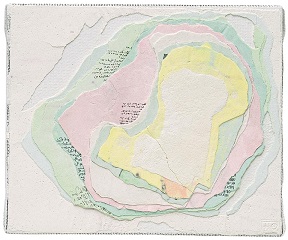
Hadia Gana said her exhibit, Sorry, Say it Again, was inspired ‘‘by bits of Tripoli’s ancient walls that my father use to collect to follow color fashions through the ages. My piece though, tackles the layers of mistakes and wrong decisions done again and again, resulting in a reversed “Libya” .. Sorry… Say It Again’’.
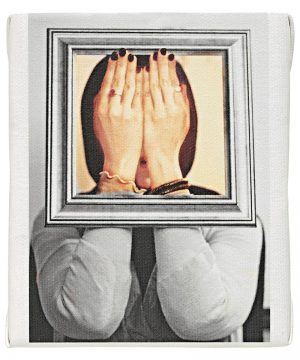
Exhibitor Hiba Shalabi told Libya Herald that her photograph Hidden ”expresses the suffering of women in society and the frame of society that limits and restricts women in Libya’’.
